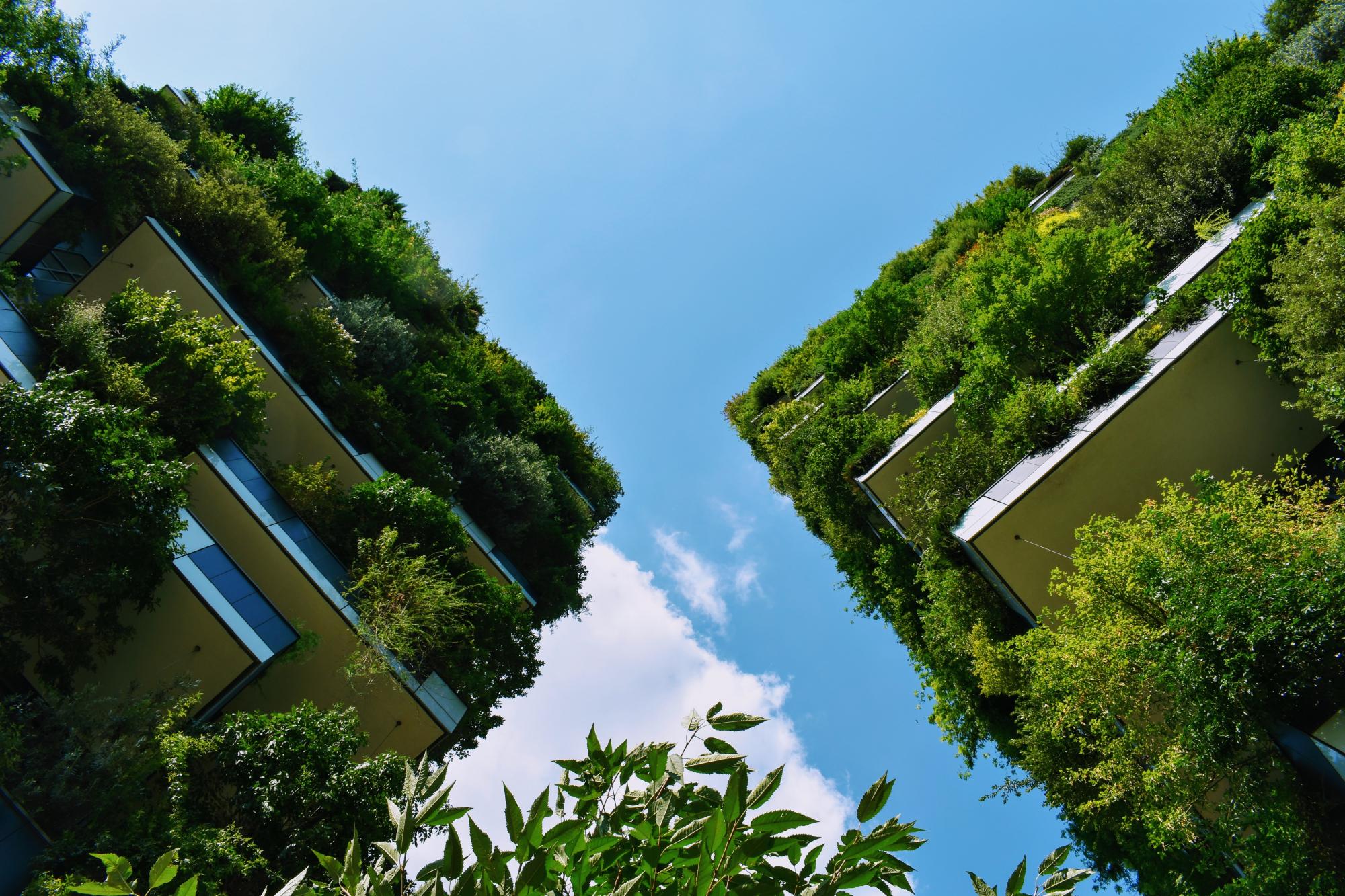The environmental NGO Dodo started their Guerilla Gardening projects in 2009 with a garden on the wasteland by the main railroad tracks in Helsinki, Pasila. The key idea was to make use of temporary derelict spaces. Raised beds were constructed from old pallets and filled with donated soil. Crops were grown by local citizens and provided both food and aesthetic beauty on the otherwise unused area. In 2012 the project developed into "Turn Table - The Urban Garden", as the garden was supplemented by a small pop-up restaurant and café in a movable greenhouse (Ref 1, 2, 7). The Turn Table garden space was organized to promote awareness and discussion on the ecological and social aspects of food. The urban garden project included not just the greenhouse, but also an apiary, cultivation beds, a summer café with a terrace, and a market (ref. 4).
Overview
Nature-based solution
- Community gardens and allotments
- Community gardens
Key challenges
- Green space, habitats and biodiversity (SDG 15)
- Green space creation and/or management
- Social justice, cohesion and equity (SDG 10)
- Social justice and equity
- Social interaction
- Economic development and employment (SDG 8)
- Economic development: agriculture
- Sustainable consumption and production (SDG 12)
- Sustainable consumption
- Sustainable production
Focus
Project objectives
Implementation activities
Main beneficiaries
- Non-government organisation/Civil Society
- Citizens or community groups
- Food producers and cultivators (i.e. farmers, gardeners)
Governance
Management set-up
- Led by non-government actors
Type of initiating organisation
- Non-government organisation/civil society
Participatory approaches/ community involvement
- Dissemination of information and education
- Joint implementation (e.g. tree planting)
- Co-management/Joint management
Details on the roles of the organisations involved in the project
Project implemented in response to ...
Financing
Total cost
Source(s) of funding
- Unknown
Type of funding
- Unknown
Non-financial contribution
- Provision of land
- Provision of goods
- Provision of labour
- Provision of expertise
- Public authorities (e.g. land, utility services)
- Citizens (e.g. volunteering)
- Other
Impacts and Monitoring
Environmental impacts
- Environmental quality
- Improved waste management
- Improved soil quality
- Green space and habitat
- Increased conversion of degraded land or soil
- Increased number of species present
- Restoration of derelict areas
- Other
Economic impacts
- Increase in agricultural production (for profit or not)
- Generation of income from NBS
Socio-cultural impacts
- Social justice and cohesion
- Improved social cohesion
- Increased involvement of locals in the management of green spaces
- Increased access to healthy/affordable food
- Increased sustainability of agriculture practices
- Education
- Increased knowledge of locals about local nature
Type of reported impacts
Presence of formal monitoring system
Presence of indicators used in reporting
Presence of monitoring/ evaluation reports
Availability of a web-based monitoring tool
References
2: Six Degrees. (2010). Seeds of change. Retrieved from Source link (Accessed 24 July 2020)
3: Pop Up City. (2012). Design in Helsinki: Turn Table: An urban farm and restaurant in the middle of the city. Retrieved from Source link (Accessed 24 July 2020)
4: Horton, R. P. (2012). Turn table urban garden sprouts in old railway bay. Retrieved from Source link (Accessed 24 July 2020)
5: Alavedra, G. (2012). This is Finland: My secret gardens. Retrieved from Source link (Accessed 24 July 2020)
6: Hernberg, H. (2010). Bagfield in Kalasatama. Retrieved from Source link (Accessed 24 July 2020)
7: Päivi Raivio. (n.d.). Kääntöpöytä urban garden. Retrieved from Source link (Accessed 24 July 2020)
8: Kääntöpöytä. (n.d.). Helsinki-päivä Kääntöpöydällä. Retrieved from Source link (Accessed 24 July 2020)



